Important Pilot Transfer Arrangements And SOLAS Requirements For Ships
Pilotage contributes to maritime safety in a number of ways. Maritime pilots possess high levels of local area knowledge, ship handling skills and navigational experience.
Read: How brain of maritime pilot works?
Pilots come aboard ships to ensure the safe arrival and departure of vessels from ports. Every year we hear about traumatic events of Pilots getting injured and even killed while boarding and disembarking vessels. A high proportion of accidents to pilots occur due to poorly designed access arrangements or inadequately rigged equipment on board ships.
Read: How is rigging and maintenance of pilot ladders done on ship?
It is therefore very important that the embarkation/disembarkation of pilots is closely monitored by a responsible officer, ensuring that SOLAS and SOLAS VGM requirements are observed.
Pilot boarding arrangements generally consists of a pilot ladder and in case of excessive freeboard (greater than 9 m), a combination ladder (a combination of the pilot ladder and accommodation ladder). The pilot normally boards on the lee side of the ship. Therefore, the pilot ladder and accommodation ladder should be ready for use on either side of the ship.
Following are the specifications required for boarding arrangements for pilots in accordance with SOLAS:
Rigging of pilot ladders for freeboards of 9 meters or less
- The steps of the pilot ladder are generally made of hardwood and should be made in one piece, free of knots or any irregularities. It should be free of any sharp edges
- The steps should be horizontal and should rest firmly against the ship’s side
- The last four steps of the pilot ladder should be made of rubber as they are vulnerable to failure on being squeezed between the ship’s side and the pilot boat. The 5th step from the bottom must be a spreader. The spreader prevents the pilot ladder from twisting. It should be a minimum of 180 cm. long. Maximum 9 steps are allowed between 2 spreaders. The spreaders should not be lashed between the steps
- The surface of the steps must provide a safe and slip-resistant foothold. Use of ordinary paints resulting in slippery surfaces should be prohibited
- 2 continuous side ropes of a minimum of 18 mm in diameter should run on either side of the ladder. These are Manila ropes. The gap between the side ropes should not be less than 40 cm. The steps should be 115 mm wide and 25 mm in depth. The steps are equally spaced and the distance between each step should not be more than 35 cm or less than 31 cm.
- The pilot ladder should be permanently marked at regular intervals so that it can be rigged to the required height without any difficulty
- 2 man ropes should be kept at hand ready for immediate use. The diameter of the man-ropes should not be less than 28mm. It is used at the request of the pilots
- The distance between the sea level and the lower end of the pilot ladder depends on the size of the pilot boat being used. This is decided by the pilot. The officer in charge should confirm beforehand rigging the pilot ladder. In no case shall the lower end of the pilot ladder become awash in the water
- The head of the pilot ladder should be rigidly secured to the deck. Adequate handholds should be provided to ensure safe and convenient passage from the head of the pilot ladder and the ship’s deck. These handholds should be a minimum of 70 cm and a maximum of 80 cm apart
Combination arrangement for ships with a freeboard of more than 9 meters
- The accommodation ladder should be sited leading aft so that the pilot boat does not get in below the accommodation ladder when the ship is proceeding forward
- The accommodation ladder should be secured to the ship’s side
- The angle of slope of the accommodation ladder used in conjunction with the pilot ladder shall never exceed 45 degrees.
- The lower platform of the accommodation ladder shall be so adjusted that it is in a horizontal position. It should be at a minimum of 5 m above the sea level
- The platform and the ladder should be equipped with stanchions and should be fitted with suitable fencing preferably rigid handrails or hand rope for safe access
- The pilot ladder should be rigged adjacent to the lower platform of the accommodation ladder and should extend at least 2 meters above the lower platform
- The pilot ladder must be firmly attached to the ship’s side 1.5 meters above the accommodation platform
- It is recommended that a 9-meter mark be indicated so that the pilot can readily find whether the distance from the sea level to the point of access exceeds 9 meters or not
Use Of Winch Reels
When winch reels are used for lowering the pilot ladder the construction should be at such a position so that it will not obstruct safe access to and from the ship.
Even if the pilot ladder is stowed on a winch reel, the pilot ladder should always be secured to a strong point that is independent of the pilot ladder winch reel.
Pilot ladder winch reels can be operated either manually or by electric, hydraulic or pneumatic means.
All pilot ladder winch reels should have a means of prevention from being accidentally operated.
Pilot Ladder Winch Reel Specifications
Pilot Transfer By Helicopter
In some places, today pilots may use a helicopter for boarding and disembarking. However, such a transfer should be carried out only when it can be conducted safely. It is important that the pilots are trained in helicopter flight procedures, embarkation and disembarkation including winching and safety and emergency drills before undertaking helicopter transfers.
A pilot should wear proper personal protective equipment especially a life jacket and ear protection when in the helicopter. It is also important to train and brief the deck crew before a helicopter transfer is conducted. All duties should be assigned prior to the arrival of the helicopter. The deck crew should take every measure to ensure the safe landing of the helicopter. Any loose object in the operation area should be secured.
Deck crew should keep in mind the dangers of static discharges from the winch cable. It is therefore important to ground the cable line before the cable is captured and offered to the pilot to avoid any injury. The officer of the watch should be in continuous contact with the helicopter pilot. Instructions should be clear and understood.
A proper risk assessment should be carried out before a helicopter transfer takes place so that any threats to the activity can be identified and mitigated and control measures can be taken.
Precautions to be taken during embarkation and disembarkation of pilots
- The access area shall be kept free and clear at all times and can also be marked with permanent signs
- The pilot ladder should be checked after it is rigged preliminary to ensure it is properly secured to the ship by a crew member by descending few steps. While doing so safety should not be jeopardised. The crew member should always take care of their own safety by wearing a life jacket and a lifeline if appropriate
- The duty officer should closely monitor continuously and observe the pilot all the time while he is on the ladder. He should always remain in contact with the bridge via walkie talkie, report every event and inform the bridge at once on the safe arrival of a pilot onboard
- A canvas bag or net and a rope should be kept ready at the embarkation position to hoist aboard any baggage the pilot might have with him
- A pilot dedicated lifebuoy with water actuated automatic light and lifeline should be readily available
- If a retrieval line is being used, care should be taken that it does not hinder the pilot nor obstruct the safe approach of the pilot boat.
- At night the access area should be well illuminated to facilitate safe boarding and deboarding
- A spare ladder should always be available onboard
- Pilot ladders remain the most efficient way for pilots to board vessels. The transfer of a pilot between the pilot boat and ship is a significant risk that needs to be carefully managed
- Periodic inspection of the boarding arrangement, especially the pilot ladder should be an ongoing process and should be inculcated into the planned maintenance system onboard ships
- Each pilot ladder, accommodation ladder and its associated equipment should be properly checked and stowed after every use.
- Ropes should also be checked for any kind of deterioration.
It is important that seafarers are appropriately trained in the correct rigging of pilot transfer arrangements to avoid any accidents.
Disclaimer: The authors’ views expressed in this article do not necessarily reflect the views of Marine Insight. Data and charts, if used, in the article have been sourced from available information and have not been authenticated by any statutory authority. The author and Marine Insight do not claim it to be accurate nor accept any responsibility for the same. The views constitute only the opinions and do not constitute any guidelines or recommendation on any course of action to be followed by the reader.
The article or images cannot be reproduced, copied, shared or used in any form without the permission of the author and Marine Insight.
Do you have info to share with us ? Suggest a correction
Latest Shipboard Guidelines Articles You Would Like:
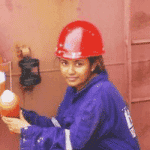
About Author
Paromita has completed graduation in Nautical Science and is presently preparing for 2nd mate exams. Besides sailing, she loves to read books and travel. She has also won many awards in music.
Subscribe To Our Newsletters
By subscribing, you agree to our Privacy Policy and may receive occasional deal communications; you can unsubscribe anytime.



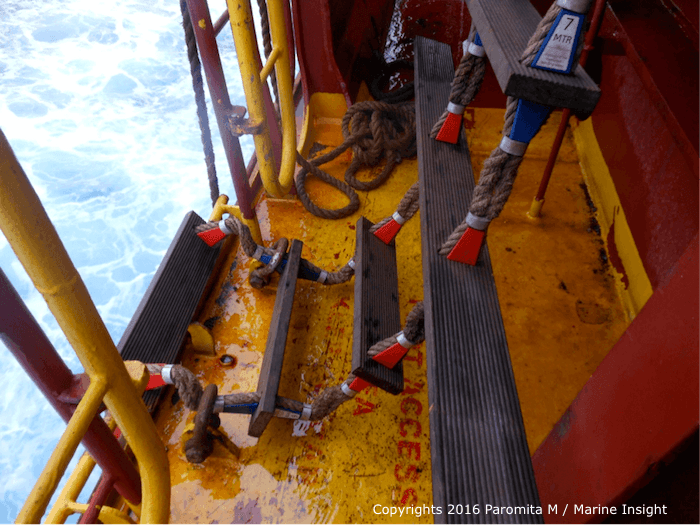
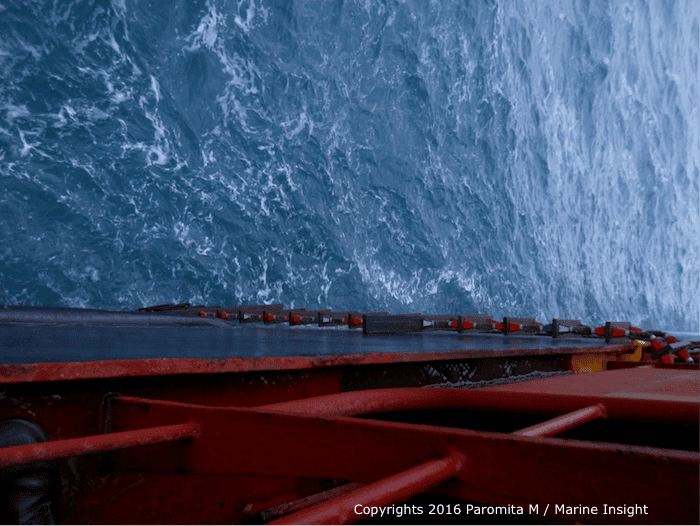
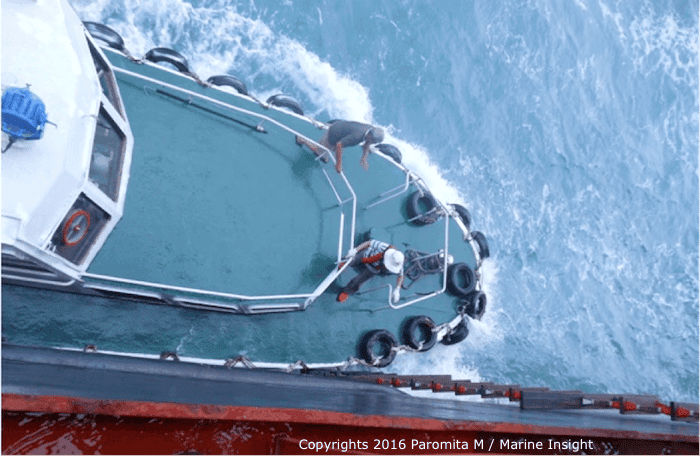
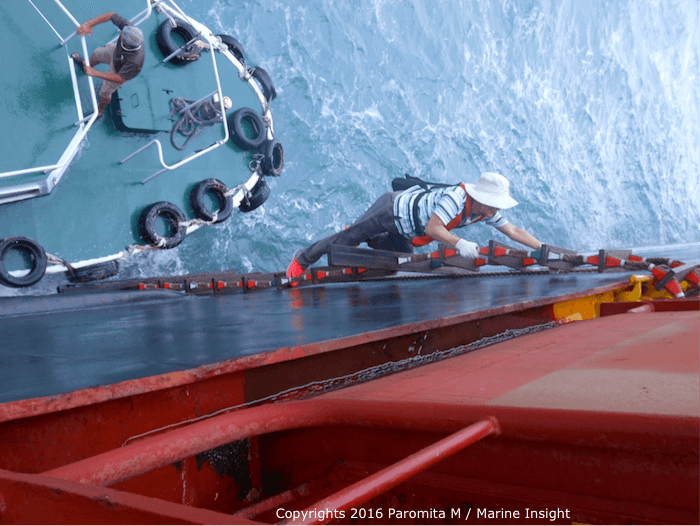
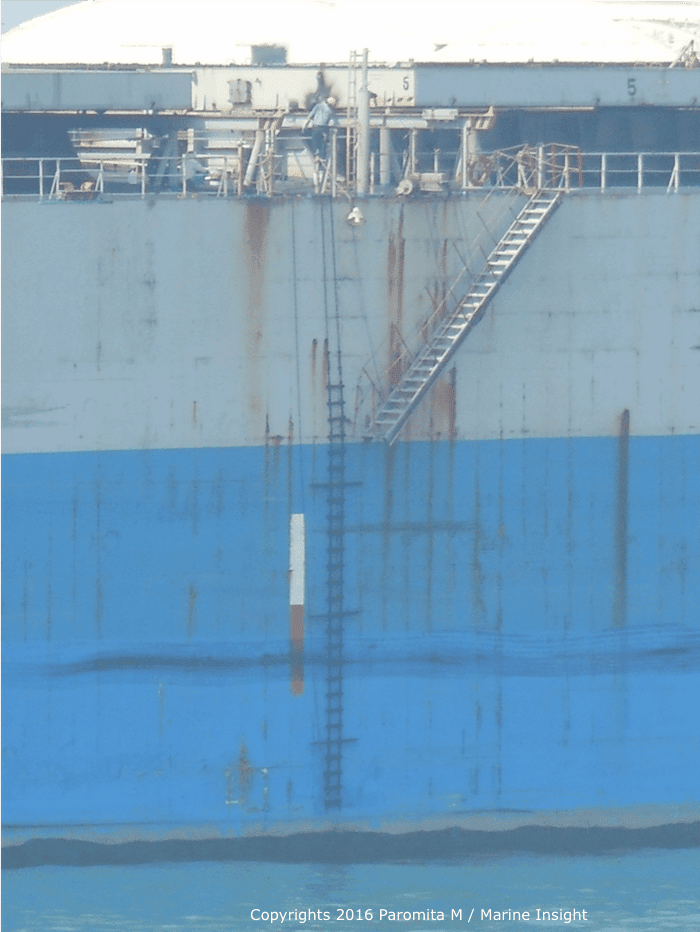

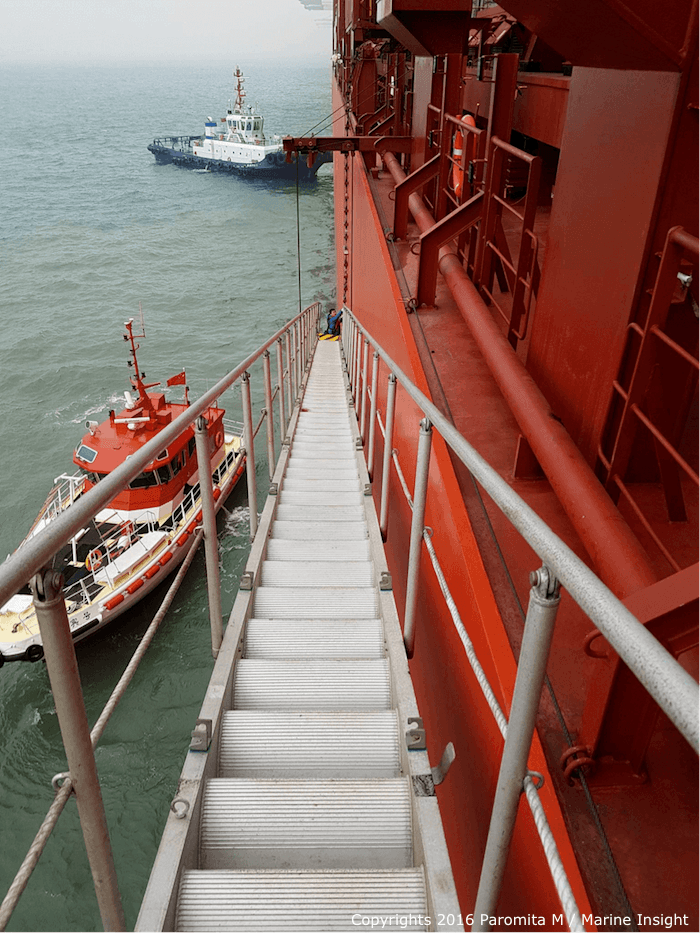
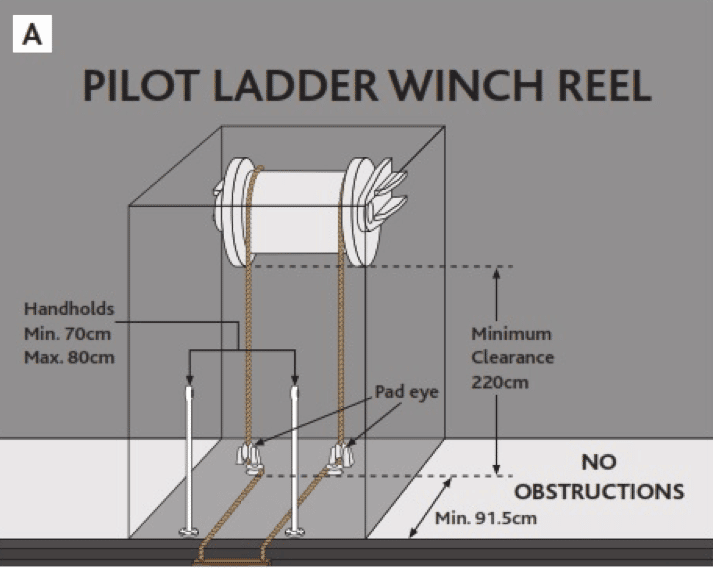





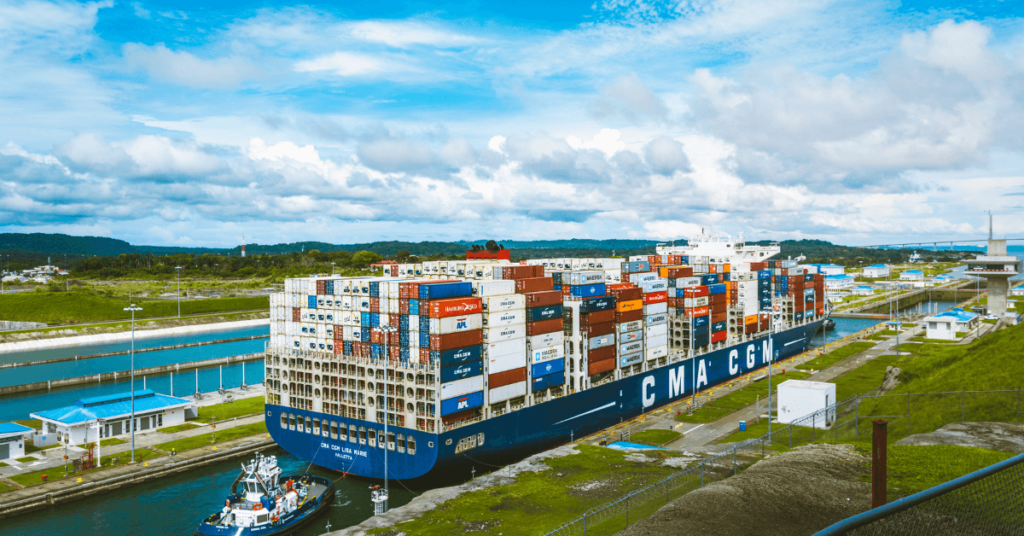






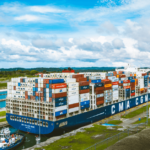
Dear Sir Good Morning
I read the latest IMO circulars and many procedures and off course your procedures regarding the pilot ladder arrangements.
My question is the pilot ladder is compulsory to be more that 9 mtrs length for example 13-14 mtrs
Your reply will be very appreciated as I am a little confuse.
Best Regards
Ntallaris Georgios
Talking about the safety of pilot transfers helps improve safety – thank you. As a pilot who boards about 65% of the time by helicopter I offer one correction regarding static discharge. We do not recommend that a crewmember captures the cable as pilots who transfer daily have more experience in this. Crewmembers should be near enough to assist if needed, but also clear of the winching area.
Dear Sir I’m writing a book about Safety on Board. I’ ex Captain, ex Harbour Pilot, ex PSC Officer, etc.
I want ask you if you give me permission to use your document and some pictures to improve the safety of Portugueses Harbour Pilots.
Last February 2018, ago one Pilot from Lisbon Harbour had an accident and was dead.
If you allow me to use you information the Marine Insight will be mentioned in my book as one of the sources of information.
Thank You
João Ramos
Catp. M.M.
@Joao: You can use it giving due credit to the website and the author.
Hi
I heard that using hoisting Winch is forbidden
Any comments??
How many spare pilot ladders to be available on board?